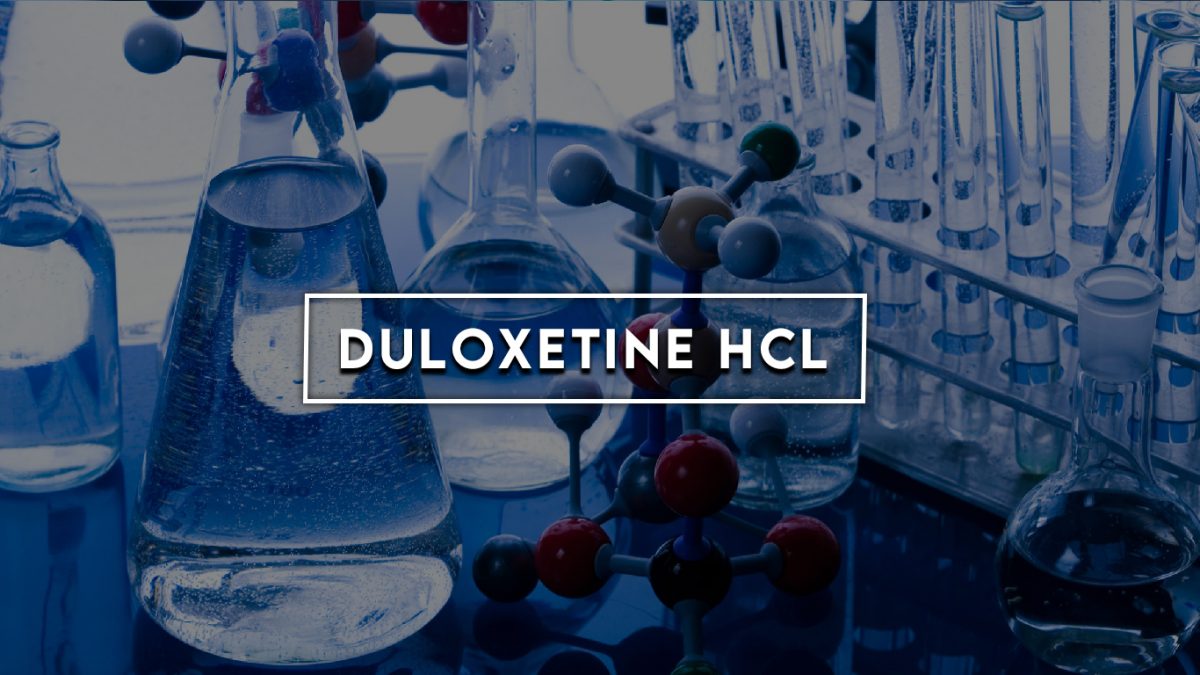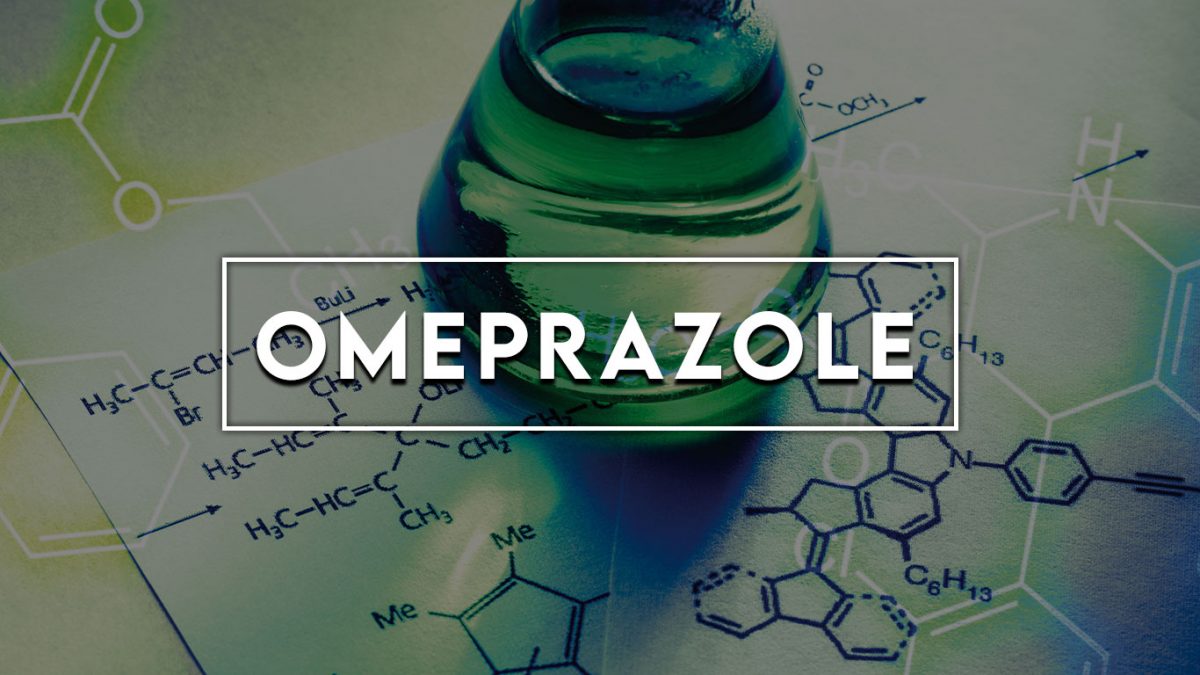Tamsulosin HCl
Overview:
Tamsulosin is a specialized alpha-1A and alpha-1B sympathomimetic antagonists that works best in the prostate and bladder, where these receptors are found in the highest concentration. It is used to treat the symptoms and signs of prostate enlargement. Antagonism of these receptors causes muscle tissue in the prostate and set of specified muscles in the bladder to relax, improving urine flow. Other alpha-1 sympathomimetic antagonists introduced in the 1980s were less selective, and they were more likely to act on blood vessel muscle tissue, causing hypotension.
Primary Characteristics:
Tamsulosin is a (R)-configured 5-(2-(2-ethoxyphenoxy)ethyl)-2-methoxybenzenesulfonamide. Tamsulosin HCl is a kind of alpha1 adrenoceptor antagonist that used treat prostate enlargement, chronic prostatitis, urine retention, and kidney stone passage. It works as an appropriate remedy and an alpha-adrenergic antagonist. It is a conjugate base of a tamsulosin(1+).
Pharmacology:
Tamsulosin is an alpha adrenoceptor blocker that is selective for two receptor subtypes found in the prostate and submaxillary tissue. Because of this selectivity, a considerable effect on urine flow can be achieved with a lower risk of unwanted effects such orthostatic hypotension.
Mechanism of Action:
Tamsulosin is an adrenoceptor blocker that works on both alpha-1A and alpha-1D receptors. The alpha-1A subtype accounts for over 70% of alpha-1 adrenoceptors in the prostate. Smooth muscle in the prostate relaxes and urine flow improves when these adrenoceptors are blocked. The contraction muscles of the bladder are relaxed when alpha-1D adrenoceptors are blocked, preventing storage symptoms. Tamsulosin’s specificity concentrates the effects on the target region while limiting side effects.
Side Effects:
If you develop any of the following symptoms of a tamsulosin allergy: hives, rash, itching; difficulty breathing; swelling of your face, lips, tongue, or neck, get immediate medical attention.
If you have: Stop taking this drug and see your doctor right away if you have:
- a sense of dizziness, as if you’re about to pass out
- a painful penile erection that lasts 4 hours or more
Fever, sore throat, swelling of the cheek or tongue, burning in the eyes, and skin discomfort, followed by a red or purple skin rash that spreads (particularly in the face or upper body) then blisters and peels.
The following are some of the most common tamsulosin adverse effects:
- low blood pressure
- dizziness, sleepiness, and exhaustion
- nausea, vomiting, and diarrhea
- Headache, chest discomfort
- faulty ejaculation, insufficient sperm
- back ache
- eyesight problems
- difficulties with the teeth
- Fever, chills, body pains, and flu symptoms are all indications of the flu.
- a stuffy or runny nose, sinus discomfort, a sore throat, and a cough
- Insomnia (sleep deprivation) or
- decreased Interest in sex.
Warning:
Tamsulosin might make you feel dizzy or faint, especially if you’re taking it for the first time or restarting your treatment. During exercise or in hot weather, avoid standing for lengthy periods of time or being overheated. If you’re having cataract surgery, let your eye surgeon know ahead of time that you’ll be taking this medicine. Call your doctor right away if you stop taking this prescription for any reason.
Precautions:
After using tamsulosin, you may experience dizziness, lightheadedness, or fainting. Slowly rising from a seated position may assist to alleviate this issue. If you get a persistent erection while taking this medication, you should seek medical help immediately once. This is a very uncommon side effect that has to be addressed immediately away. Some people taking this drug or who had recently taken this medicine when they had cataract or glaucoma surgery have had a significant eye issue known as Intraoperative Floppy Iris Syndrome (IFIS).








